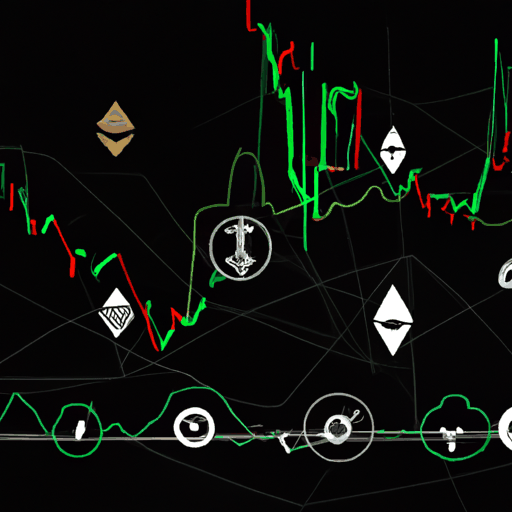
Crypto Markets Face Liquidity Crisis Amid Recent Sell-Offs
By: Eliza Bennet
Crypto markets continue to grapple with liquidity fragmentation, leading to persistent price discrepancies across exchanges, according to a recent Kaiko report. These disparities are diminishing over time but remain prominent on smaller, less liquid exchanges, especially during market events. Price slippage occurs when the expected price of a market order differs from the execution price and is a key liquidity indicator.
During the sell-off on August 5th, Kaiko calculated increased slippage in Bitcoin (BTC) orders of $100,000 across most exchanges. Notably, the spike was more pronounced on some exchanges and trading pairs. Zaif's BTC-JPY pair experienced the highest slippage, while KuCoin's BTC-EUR pair exceeded 5%. Also, typically liquid stablecoin-quoted pairs on BitMEX and Binance US saw notable increases.
The report highlighted that the liquidity impact can vary not only across exchanges but also among trading pairs within the same exchange: “For instance, Coinbase’s BTC-EUR pair is notably less liquid than its BTC-USD pair. This discrepancy can lead to extreme volatility during heightened market activity, as seen in March when prices of Coinbase’s BTC-EUR diverged significantly from the broader market and market depth plummeted.”
The liquidity issues were further compounded when BTC prices on Binance.US diverged from more liquid platforms. This was attributed to Binance.US facing reduced liquidity following the SEC's June 2023 lawsuit; its daily trade volume dropped from $400 million in early 2023 to $20 million currently. Liquidity concentration has also intensified during weekdays, particularly in BTC-USD markets, following the launch of spot Bitcoin exchange-traded funds (ETFs) in the US. This trend amplifies the risk of sharp weekend price swings during market stress.
Despite these challenges, crypto platforms have invested heavily in infrastructure to handle increased trade volumes without outages. During the recent sell-off, BTC-USD and BTC-USDT trade counts hit record highs on Bybit and reached post-FTX collapse levels on Coinbase. However, the market fluctuations have also been tied to broader geopolitical events. For instance, BTC's latest dip may be related to traders expecting Kamala Harris to win the U.S. election over Donald Trump, as noted by Bernstein analysts.



